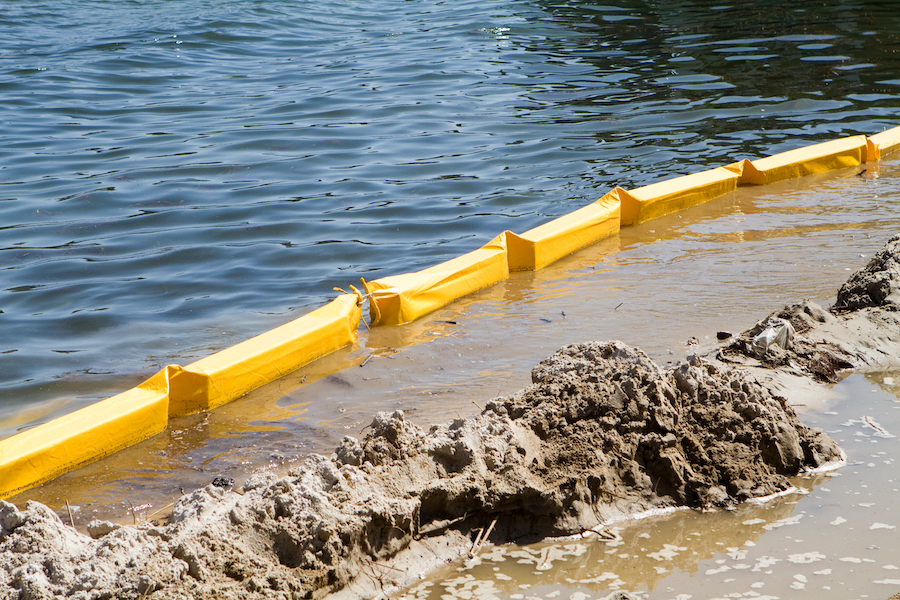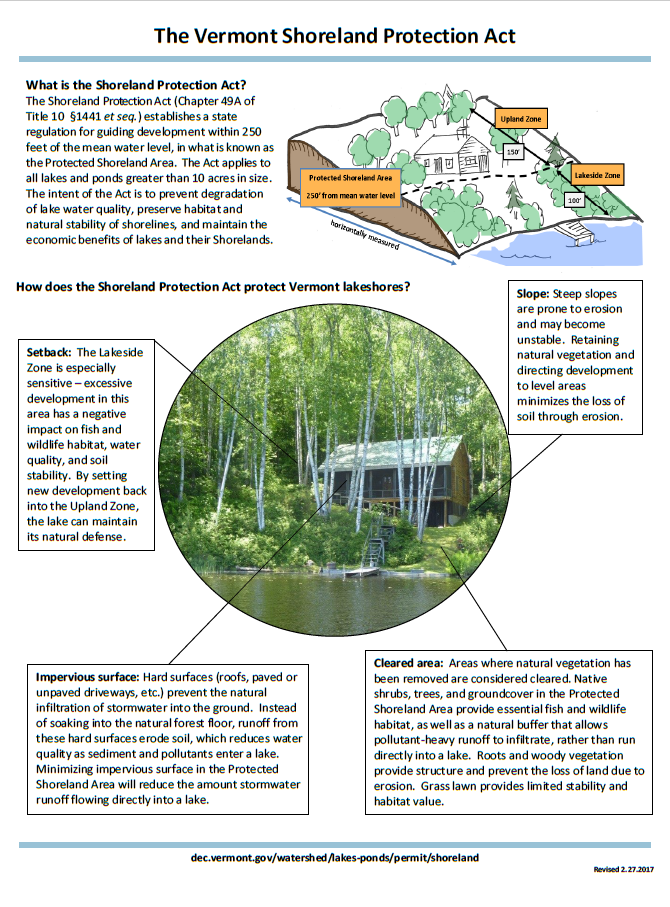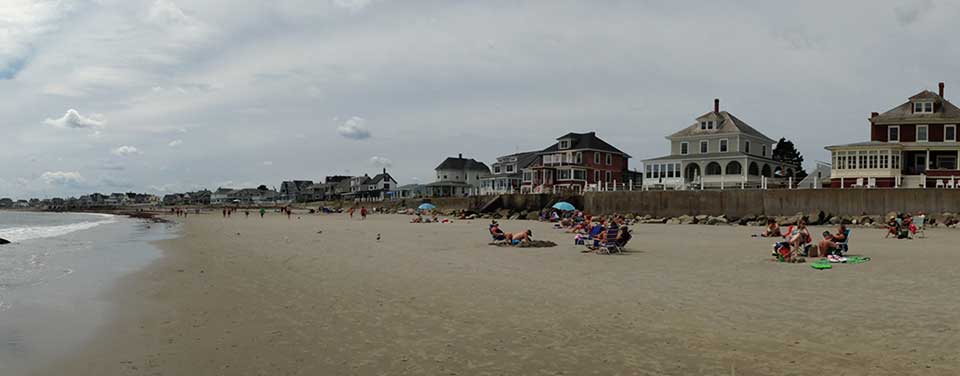Top Guidelines Of Shore Protect Team
Table of ContentsTop Guidelines Of Shore Protect TeamFascination About Shore Protect TeamUnknown Facts About Shore Protect Team3 Simple Techniques For Shore Protect TeamThe Definitive Guide to Shore Protect TeamOur Shore Protect Team StatementsShore Protect Team Things To Know Before You Get This
Reduction in property value: As the area tourist is impacted by disintegration, so after that is the economic situation. Buyers are less likely to look for a beach house that might be ruined anytime by the approaching flooding and disintegration emergency situation. In turn, residential property worth can drop exceptionally and affect the entire area.Whether a beach is just tiny and jampacked or has to shut totally for the safety and security of the ecosystem and nearby residential properties, this significantly impacts tourism. In turn, regional economic climates are affected (https://securecc.smartinsight.co/profile/14786914/ShoreProtectTeam). Risk of injury: The boosted risk of flooding and structural failings creates a boosted threat of injury to neighboring vacationers and community members

Coastline stabilization is directly related to their task. Waterside hotels: Due to the fact that coastline erosion impacts tourism, it impacts the success of beachfront resorts.
Shore Protect Team Can Be Fun For Anyone
This eventually causes closures and deserted beachfront residential properties. Coastal commercial services: No visitors implies no organization. For those businesses satisfying residents, their home is at danger of damages from disintegration and flooding. Coastal state parks: State parks that exist along shorelines go to danger of damages. Not just to the manufactured frameworks and properties on site, however likewise to the all-natural environments that exist within.
Tough stablizing uses man-made frameworks as defense to control erosion. Most forms of difficult stabilization like seawalls and sheet steel are not excellent for coastline stabilization.
The 4-Minute Rule for Shore Protect Team
There's likewise not sufficient proof of their efficiency depending upon the sort of coastline and local conditions. Tough stabilization strategies have a tendency to be harder to set up and don't match the natural visual, protruding like a sore thumb and harming local environments in numerous circumstances. Coastline nutrition is the procedure of adding lost sand and debris back to coastlines after disintegration has happened.
TrapBags help in the process of coastline nourishment by safeguarding all-natural communities and permitting plants to expand. While this process can be pricey and is not permanent, the pros often tend to exceed the disadvantages. TrapBag obstacles deal numerous properties that make them suitable for coastal and riverbank disintegration security. They're: Environmentally friendly: You can make use of native dirt both to border and to fill the TrapBags.

Little Known Questions About Shore Protect Team.
Easy to mount: Reduce of installment implies TrapBags can be released swiftly in the event of an emergency. They can also be mounted with no heavy equipment. Budget friendly: TrapBags are excellent for both small and huge locations of shoreline. They give an affordable remedy to cover projects of any kind of size.
Combined with a high building expense, this has actually led to enhancing use various other soft engineering coastal administration alternatives such as beach replenishment. Seawalls are created from various materials, the majority of typically enhanced concrete, boulders, steel, or gabions. Various other feasible construction products consist of plastic, timber, light weight aluminum, fiberglass composite, and biodegradable sandbags made from hemp and coir. The suitable seawall design relies on location-specific elements, consisting of bordering disintegration procedures. There are 3 primary types of seawalls: vertical, bent, stepped, and mounds (see table below). A report published by the United Nations Setting Programme (UNEP) suggests that the tsunami of 26 December 2004 triggered much less damages in the locations where all-natural barriers were existing, such as mangroves, reef or seaside plant life.
Natural barriers, such as coral reefs and mangrove forests, protect against the spread of tsunamis and the circulation of seaside waters and mitigated the flooding and rise of water. A cost-benefit strategy is an efficient method to figure out whether a seawall is suitable and whether the benefits deserve the expense.
The 45-Second Trick For Shore Protect Team
A seawall is a static function which can contrast with the dynamic nature of the coastline and impede the exchange of sediment in between land and sea. Advantages and drawbacks of seawalls according to Short (1999) Benefits Disadvantages Long term solution in comparison to soft coastline sustenance (https://www.mixcloud.com/shrprtcttm/).

This can cause beaches to dissipate, providing them pointless for beach goers. Normally, seawalls can be an effective means to control seaside erosion, however just if they are created well and out of products that can stand up to the pressure of continuous wave power. Some understanding is needed of the coastal processes and morphodynamics certain to the seawall location.
Not known Incorrect Statements About Shore Protect Team
The appropriate seawall layout depends on location-specific aspects, including bordering disintegration processes. There are three main kinds of seawalls: vertical, bent, stepped, and piles (see table below). A record released by the United Nations Environment Program (UNEP) recommends that the tsunami of 26 December 2004 created much less damages in the areas where all-natural obstacles were existing, such as mangroves, coral reefs or seaside plant life.
Natural obstacles, such as coral reefs and mangrove forests, protect against the spread of tidal waves and the flow of seaside waters and reduced the flooding and surge of water. A cost-benefit technique is a reliable means to determine whether a seawall is ideal and whether the advantages deserve the expense.
Some Of Shore Protect Team
A seawall is a fixed function which can conflict with the dynamic nature of the shore and hamper the exchange of sediment between land and sea. Benefits and downsides of seawalls according to Short (1999) Advantages Disadvantages Long term service in contrast to soft coastline sustenance.

This can create coastlines to dissipate, providing them pointless for beach goers. Typically, seawalls can be an effective means to manage seaside disintegration, but only if they are built well and out of products that can hold up against the pressure of recurring wave power. Some understanding is needed of the seaside procedures and morphodynamics particular to the seawall place.